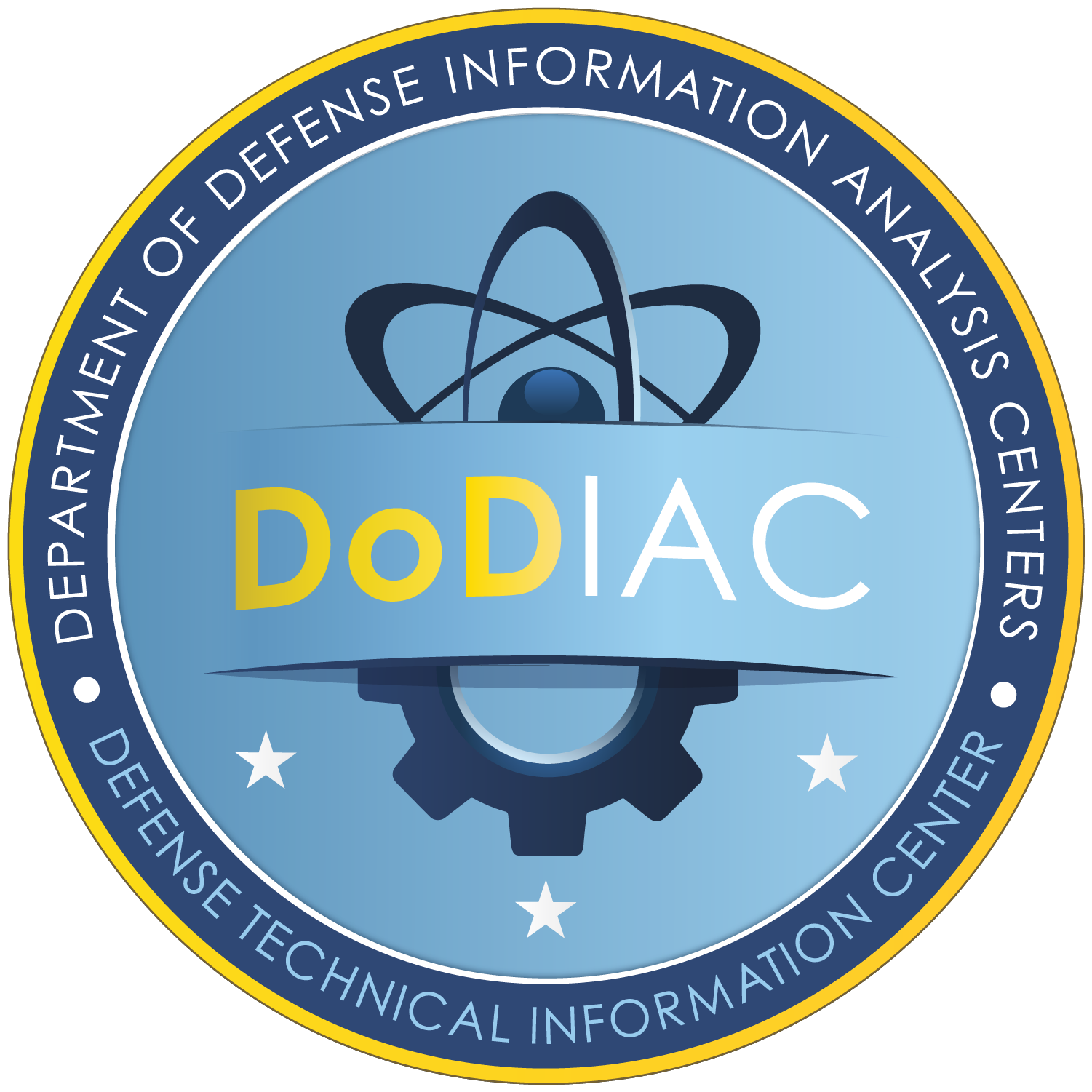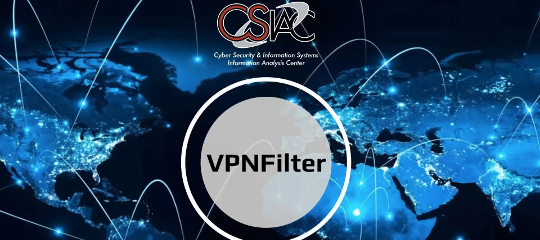Are you interested in delivering a webinar presentation on your DoD research and engineering efforts?
CSIAC hosts live online technical presentations featuring a DoD research and engineering topic within our technical focus areas.
Host a Webinar with CSIAC
Upcoming Webinars
Deceptive AI: Understanding and Defending Against the Next Generation of Cyber Weapons
COMING SOON – EXACT DATE AND TIME TBD. In the evolving theater of modern warfare, artificial intelligence (AI) has emerged as a transformative force and new frontier of vulnerabilities. This presentation provides a critical analysis of…
Past Webinars
Cybersecurity Issues for Security Managers: 2019
CSIAC SME and member of the American Bar Association’s Information Security Committee, Richard “Rick” Aldrich, gives an overview of the Cybersecurity Issues facing Security Managers.
Security-Conscious Password Behavior from the End-User’s Perspective
Even though technical solutions for security problems are widespread, there are no adequate security measures against precarious user behavior. Even if hashing and encrypting are…
Open Innovation Campus (OIC)
This webinar will provide an overview of the Air Force Research Lab (AFRL) Information Directorate’s planned development of the new Open Innovation Campus (OIC) initiative,…
VPNFilter Router Attack
In late May 2018, security researchers announced that specific consumer-grade electronic devices had been infected by a type of malware referred to as the VPNFilter. Only…
DoD Enterprise DevSecOps Initiative
The current Department of Defense (DoD) software acquisition process is not responsive to the needs of our warfighters. Therefore, it is difficult for the DoD…
DreamPort: The USCYBERCOM Mission Accelerator
DreamPort is a cyber innovation, collaboration, and prototyping facility located in Columbia, MD. It was created by the U.S. Cyber Command (USCYBERCOM) through a Partnership…








